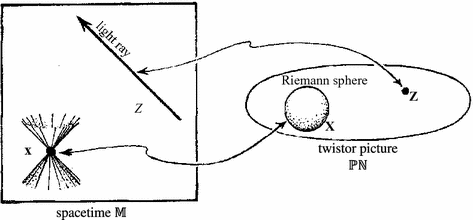For some insight into the difficulties associated with being an untenured professor and trying to get an NSF grant in astronomy, see this post (and comments) by Rob Knop. For those innocent of the ways of academia, there’s a post by Doug Natelson on what a well-organized faculty search is like (both of these via Angry Physics).
This week Witten will be giving two series of talks on gauge theory and geometric Langlands, one at Berkeley, and one at Harvard. Unfortunately I won’t be able to make it to either, perhaps someone who does attend some of the talks can report on what Witten has to say, in particular on what might be new since his long paper with Kapustin on the subject earlier this year.
Some of the talks from last month’s workshop on axions at the Institute for Advanced Study are now on-line.
Honeywell is sponsoring an educational program involving Nobel Laureates in chemistry and physics, called the Honeywell-Nobel Initiative. They already have material on-line from Leon Lederman and Horst Stormer, and from one of their promotional ads it looks like Frank Wilczek will also participate.
The Perimeter Institute has a new, improved web-site, with many online talks, both scientific seminars and talks for the general public.
The Templeton Foundation also has a new web-site. This month the featured “Life’s Big Question” is Do we live in a multiverse?
The European Mathematical Society has a newsletter.
Several people have noticed that the cover of the UK edition of my book is being widely emulated, see here and here.
The folks at Axes and Alleys have a review of my book in their latest issue. It seems that the members of the Royal Tractor Repair and Maintenance Society of Outer Mongolia found the book quite confusing. I guess this is only fair, since I’ve always found them quite confusing…
In case anyone is worried about the supply of unadulterated hype about string/M-theory drying up, there’s a new book out by John Gribbin which I took a look at yesterday in the bookstore.
Since the KITP does such a great job of providing a video record of the activities there, informal talks at the string theory phenomenology program have provided a fascinating public record of the way in which well-known string theorists are struggling with the all-too-obvious collapse of any reasonable hopes for getting predictions out of string theory. Last week there was an informal discussion with Michael Douglas of the String Vacuum Project, which was quite fascinating to listen to. I had trouble hearing what David Gross had to say, which was a shame, maybe someone with better ears who listens to this can report what they hear. Douglas encountered objections from the audience when he claimed that if one could get virtually any low energy physics out of one string vacuum or another, there was not any point to the whole project, with someone making the now standard claim that this situation is no worse than that of QFT.


